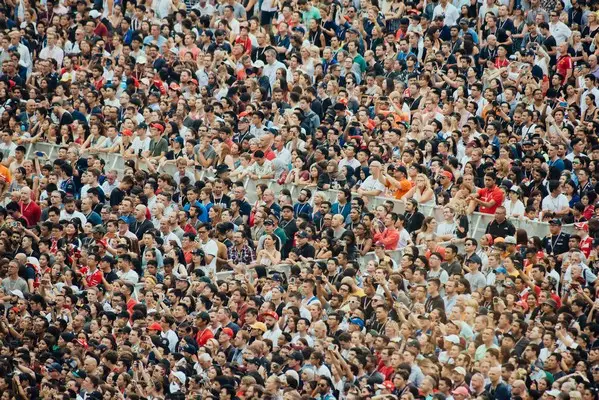Table of Contents
- The Concept of Public Opinion
- Formation of Public Opinion
- Measuring Public Opinion
- The Impact of Public Opinion
- Public Opinion and Democracy
- Conclusion
Public opinion, a foundational concept in sociology and political science, represents the aggregate of individual attitudes or beliefs held by the adult population. It influences and is influenced by public policies, social norms, and cultural trends. Understanding public opinion is crucial for comprehending how societies function and evolve. This article provides an overview of public opinion, its formation, measurement, and impact on society. By the end, readers will have a clear understanding of the complexities and significance of public opinion in contemporary sociological discourse.
The Concept of Public Opinion
Public opinion can be defined as the collective preferences and attitudes of citizens concerning political issues, policies, leaders, and events. It is dynamic and can change rapidly in response to new information, societal changes, or significant events. Public opinion is not merely a summation of individual opinions but rather an interplay of various social forces, including media, cultural norms, and political discourse.
Historical Context
The study of public opinion has roots in the Enlightenment, where thinkers like Rousseau and Locke emphasized the role of the public in governance. However, systematic study began in the early 20th century with the advent of opinion polling and the development of statistical methods. The work of scholars like George Gallup and Elmo Roper paved the way for modern public opinion research, highlighting its relevance in democratic societies.
Formation of Public Opinion
The formation of public opinion is a complex process influenced by various factors, including socialization, media, and personal experiences.
Socialization
Socialization plays a critical role in shaping public opinion. From a young age, individuals are influenced by family, educational institutions, peers, and religious organizations. These agents of socialization impart values, beliefs, and norms that contribute to the formation of opinions. For instance, political socialization, the process through which individuals acquire political beliefs, begins early in life and continues throughout adulthood.
Media Influence
The media is a powerful force in shaping public opinion. Traditional media, such as newspapers, television, and radio, alongside digital media platforms, provide information that shapes perceptions and attitudes. The agenda-setting theory posits that media do not tell people what to think but rather what to think about. This selective coverage can significantly influence public priorities and concerns. Furthermore, the framing theory suggests that how information is presented can affect how it is perceived, thus influencing public opinion.
Personal Experiences
Individual experiences also shape public opinion. Personal encounters with social issues, economic conditions, or political events can directly influence one’s attitudes and beliefs. For example, someone who has experienced unemployment may have strong opinions about economic policies and social safety nets. These personal experiences interact with broader social influences, creating a complex web of factors that shape public opinion.
Measuring Public Opinion
Measuring public opinion is a critical aspect of understanding its nature and implications. The primary method for gauging public opinion is through surveys and polls.
Surveys and Polls
Surveys and polls are tools used to collect data on public attitudes and beliefs. They involve sampling a portion of the population to infer the opinions of the broader public. The accuracy of surveys depends on factors such as sample size, sampling method, and question wording. Random sampling, where every individual has an equal chance of being selected, is essential for obtaining representative results.
Challenges in Measurement
Despite their widespread use, surveys and polls face several challenges. One major issue is the non-response bias, where certain segments of the population are underrepresented because they are less likely to participate. Additionally, question wording and order can significantly influence responses, a phenomenon known as response bias. Pollsters must carefully design surveys to minimize these biases and ensure accurate measurements of public opinion.
The Impact of Public Opinion
Get the full article AD FREE. Join now for full access to all premium articles.
View Plans & Subscribe Already a member? Log in.






